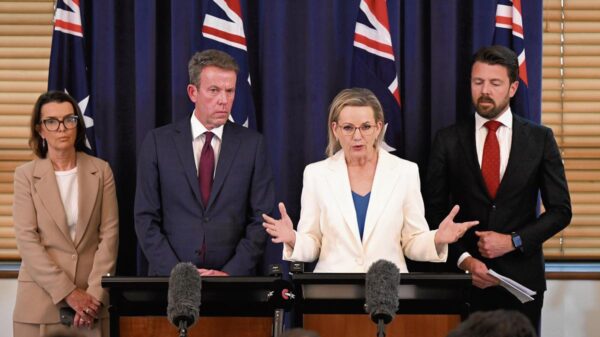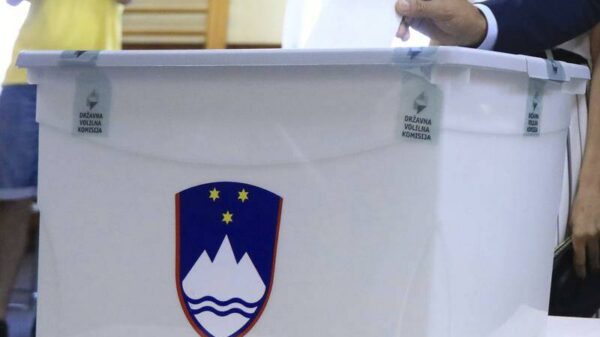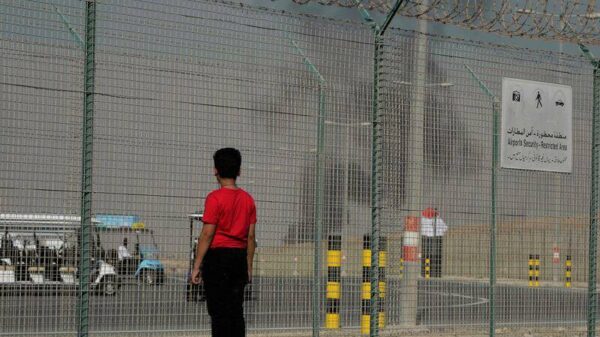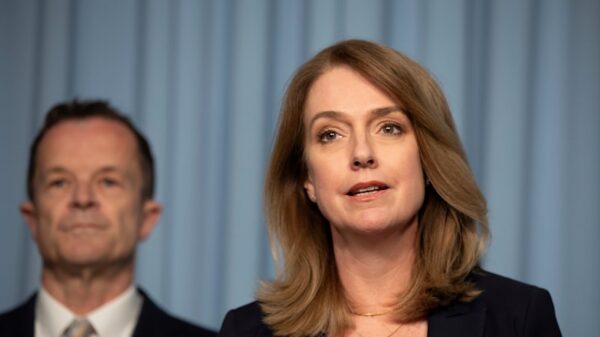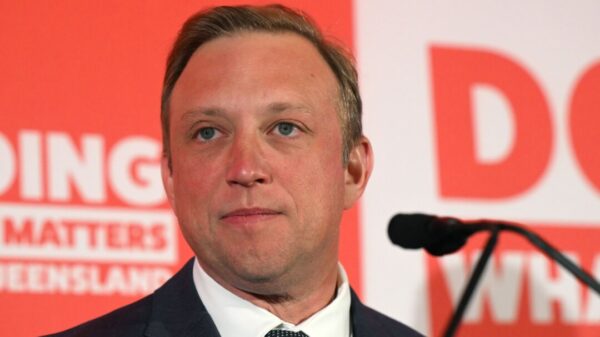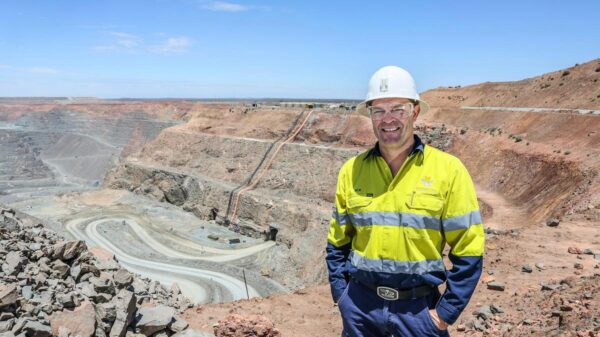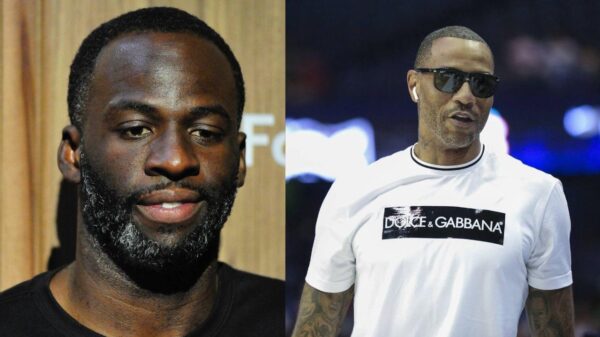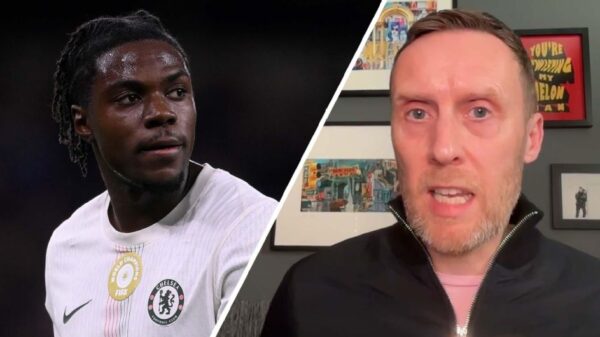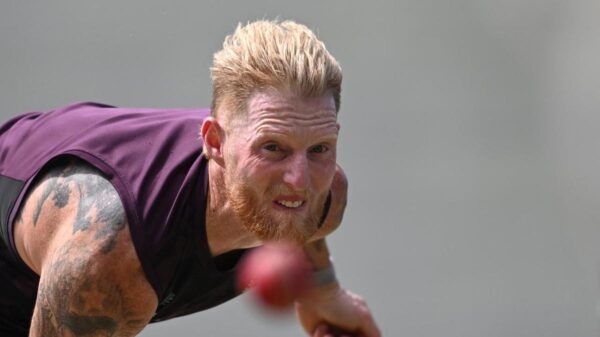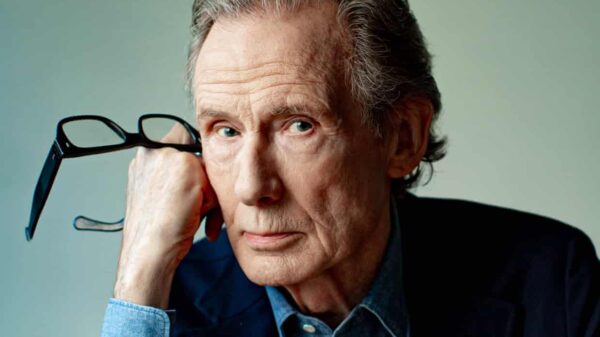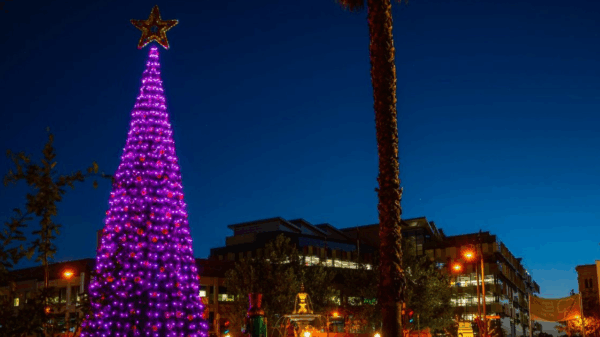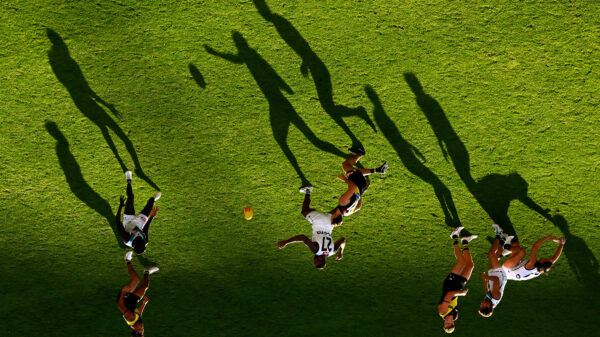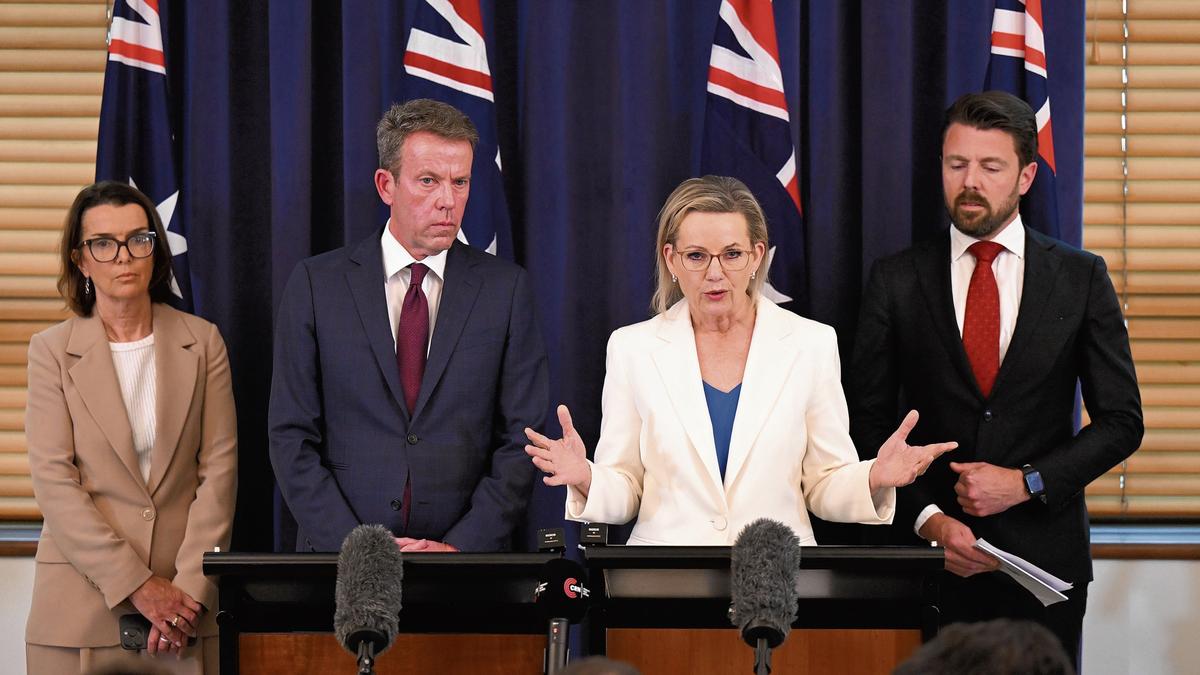UPDATE: July 2023 marks a critical moment for the Liberal Party as internal divisions threaten its coherence and effectiveness as an opposition. Observers are urgently calling on Liberal MPs to cease public discussions of their internal conflicts, which are only serving to weaken their position and provide ammunition for their opponents.
Political commentator Paul Murray warns that the ongoing infighting within the party, particularly related to leadership challenges, is detrimental to its public image. He emphasizes that factional disputes should not be aired publicly, as they distract from pressing issues and present the party as a “divided rabble.”
The latest media reports highlight growing tensions between factions within the party, particularly around the leadership of Sussan Ley. Sources indicate that there is significant unrest among the so-called “moderate” faction, with some members reportedly supporting Andrew Hastie as a potential leader. The situation escalated after the Coalition’s recent policy on net-zero emissions was ratified, leading to conflicting narratives within the party.
Murray criticizes the Liberals for allowing their internal disagreements to overshadow more significant policy discussions. According to him, the party’s public image is suffering as they provide a “gift to opponents” by airing their grievances in the media.
“Nothing makes a political party look like a divided rabble more than media reports replete with quotes from un-named MPs undermining the leader,”
Murray stated.
The Liberal Party’s current turmoil comes at a crucial time, as they should be presenting a united front against the Labor government led by Anthony Albanese. Instead, their focus remains on internal strife, allowing Albanese to dismiss them as a “clown show” and a “divided rabble.”
Recent reports from The Australian detailed comments from multiple anonymous sources within the party, illustrating the extent of the dissatisfaction with Ley’s leadership. This includes statements that a majority of MPs would back Hastie in a leadership challenge, further compounding the perception of disunity.
As the party grapples with these internal challenges, Murray’s advice is clear: “If you don’t want to be accountable for your comments intended for publication, then, in social media terms, STFU.” He points to the historical consequences of factionalism, recalling how it led to the downfall of previous leaders like Kevin Rudd and Malcolm Turnbull.
The stakes are high for the Liberal Party as they navigate this critical juncture. With public trust and electoral viability at risk, the call for internal discipline is louder than ever. Without a cohesive strategy and a united front, the party risks becoming irrelevant in the political landscape of Australia.
As developments unfold, observers will be watching closely to see whether the Liberal Party can regain its footing. The need for a strong opposition is essential for a healthy democracy, and only time will tell if the Liberals can rise above their internal discord to challenge the government effectively.
Stay tuned for more updates on this developing situation, as the implications for Australian politics are significant.



